
Turnip/Wild Radish/Cultivated Radishes Color Plate 7.75 x Etsy
A round radish has a reddish top or skin color, while round turnips are creamy white-skinned with a purple top. Lastly, turnip and radish also have some differences in nutrient composition. Turnip is 93% water, while radish is 95% water. In 100 grams, turnip has 67 mg of sodium, while radish has 39 mg. Turnip has 191 mg of potassium, while.
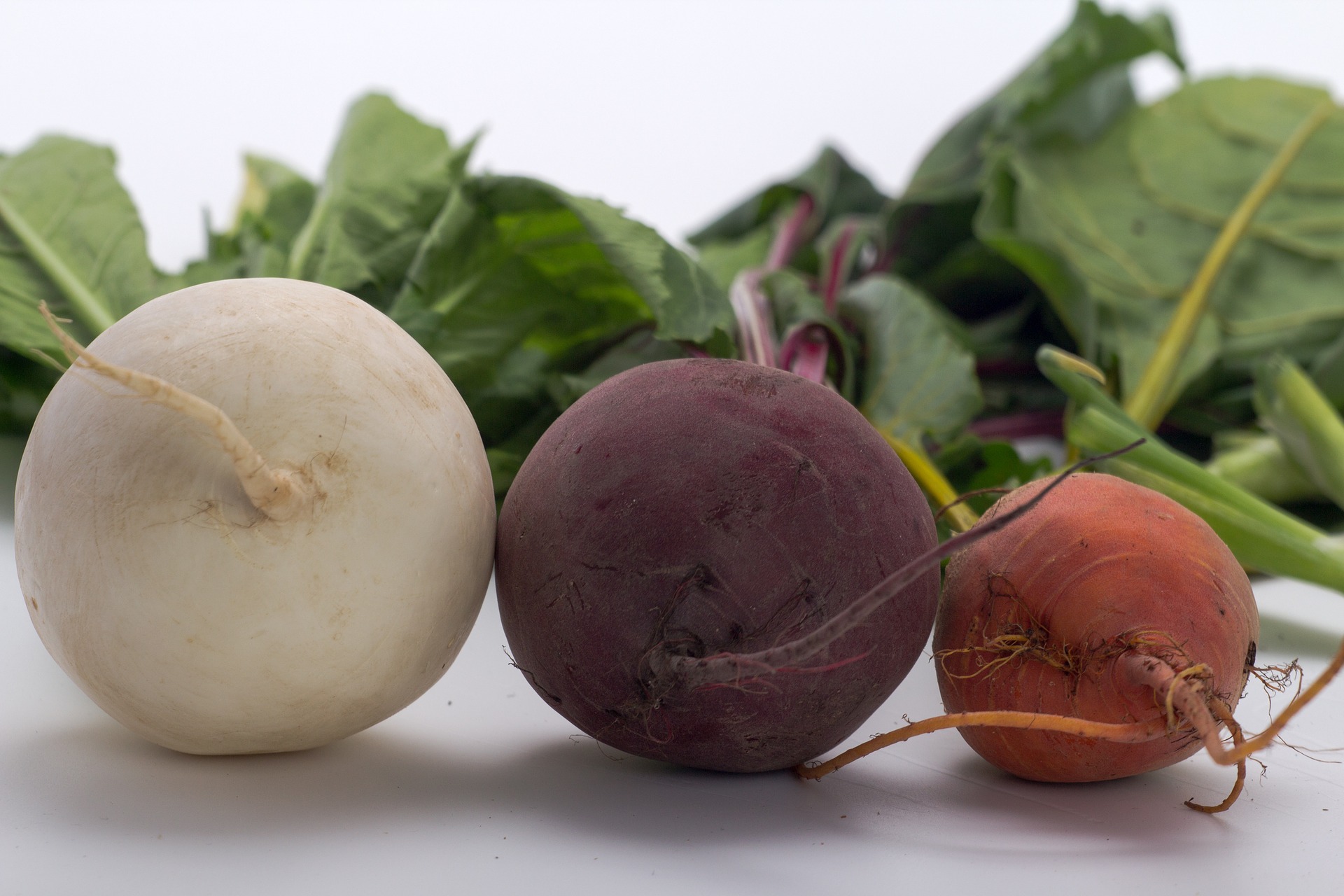
Difference between beets and turnips
Vitamins. Turnips are richer in vitamin C by 42% compared to radishes. In addition, turnips are richer in vitamin B6 and most other B-complex vitamins. On the other hand, radishes are richer in folate. 300g of turnips satisfy 70% of the daily requirement of vitamin C and 21% of vitamin B6. In comparison, 300g of radishes satisfy 50% of the.
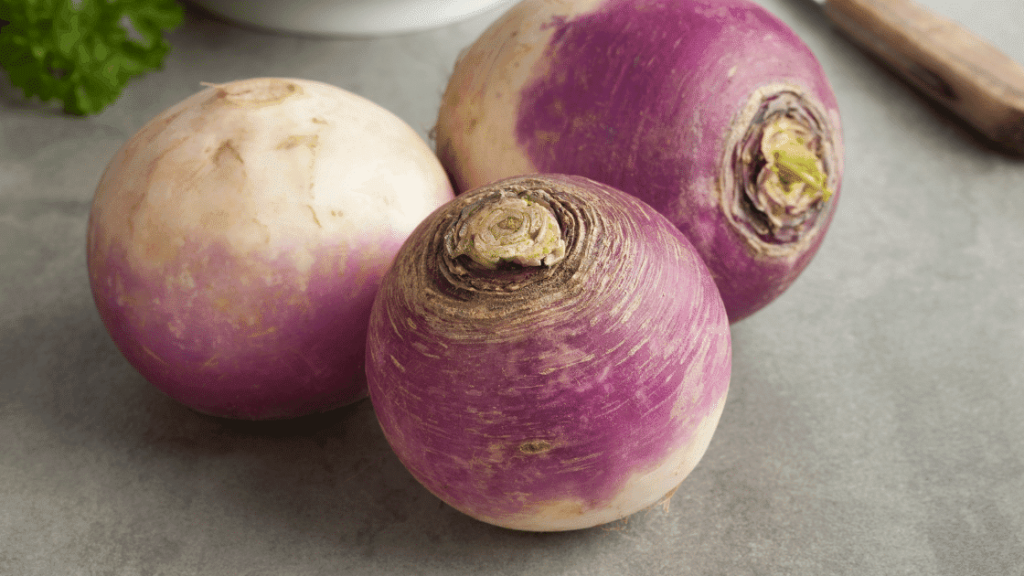
Radish vs Turnip
However, as stated, the differences between turnip and Radish are numerous. The leaves of this root vegetable are edible. The leaves are often called turnip greens or tops, which refers to the stem or leafy part of the root. Along with the purple top, the leaves are the only part visible from above the ground.

Roasted Turnips and Radishes Sweet Hakurei turnips and young radishes
A 100-gram serving of turnips contains approximately 6.4 milligrams of antioxidants. In terms of vitamins, turnips are a good source of folate and vitamin K, while radishes are a good source of most B complex vitamins. Both vegetables contain calcium, which is important for maintaining strong bones and teeth.

Turnips Health benefits, nutrition, and dietary tips
Sowing: Plant seeds 0.5 inches deep for optimal growth. Spacing: Provide 1-2 inches between radishes and 4-6 inches for turnips. Watering: Keep soil consistently moist, without overwatering. Sunlight: Both enjoy full sun but can tolerate partial shade. Radishes grow quickly, needing only a few weeks to mature.
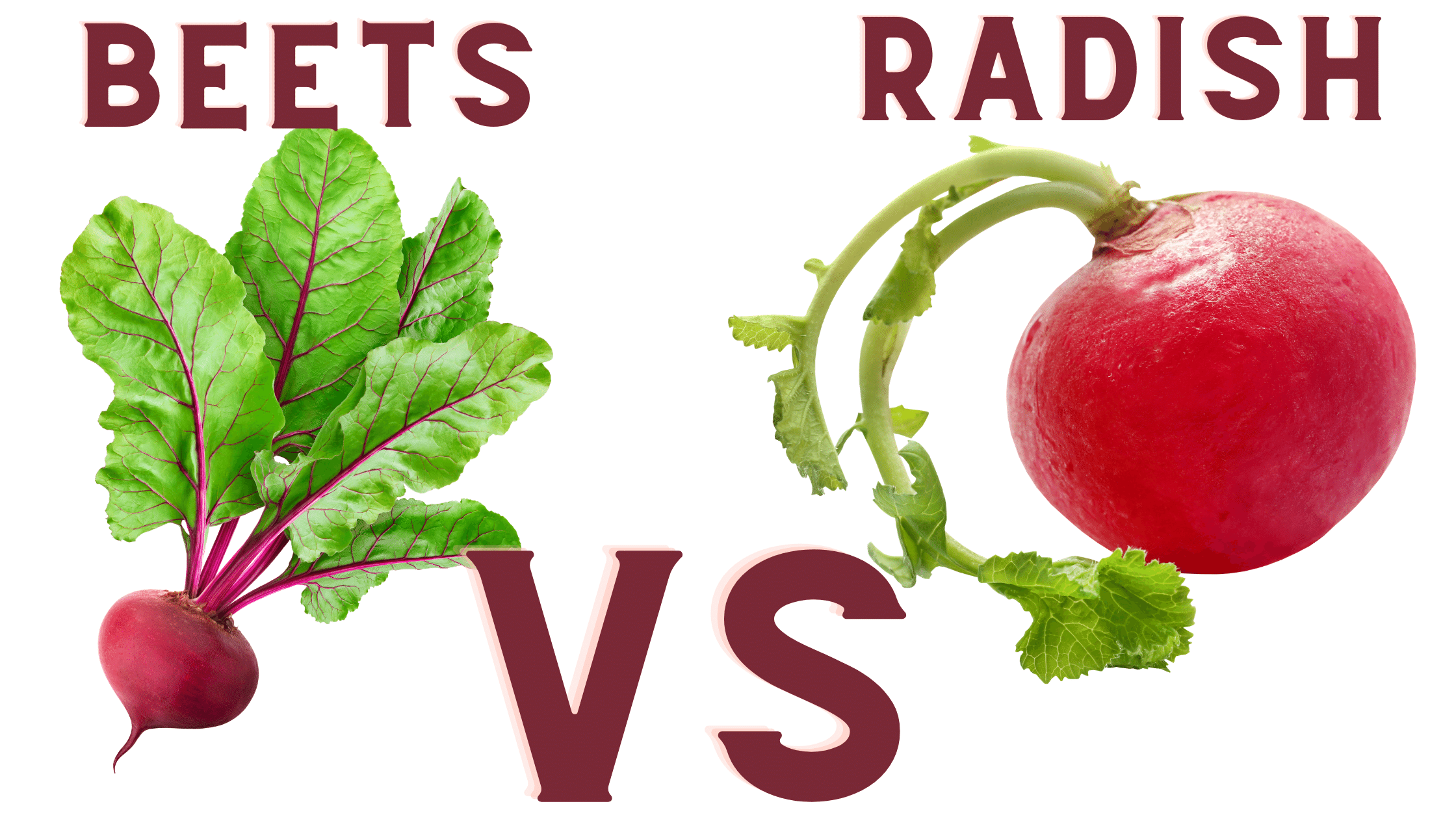
The Differences Between Radish and Beets Everything Radish
Appearance and Flavor. Turnips have rough, hairy off-white skin covering a round or oval root that varies from white to purple-tinged. The flavor is earthy, mellow, and slightly sweet with a crisp, firm texture when raw. Radishes have smooth, vividly colored skin in hues like red, pink, white, or black. The flesh is bright white and very crisp.

radish and turnip A squared Essentials
However, there are numerous varieties of these veggies that grow in various colors, shapes, and sizes. The primary difference between turnip and radish is flavor. Radishes have a sharply spicy aroma. In contrast, turnips have a much milder essence that's sweet, nutty, and earthy. These veggies frequently appear in Asian cuisine, both cooked.

Radish Problems and Organic Solutions West Coast Seeds
When it comes to harvesting, radishes are ready to harvest in as early as 22 days while you have to wait at least 60 days before harvesting turnips. Also, turnips are more prone to plant disease. In addition, radish is 95% water while turnip consists of 93% water. In 100 grams, radish has 39 mg of sodium while turnip has 67 sodium.
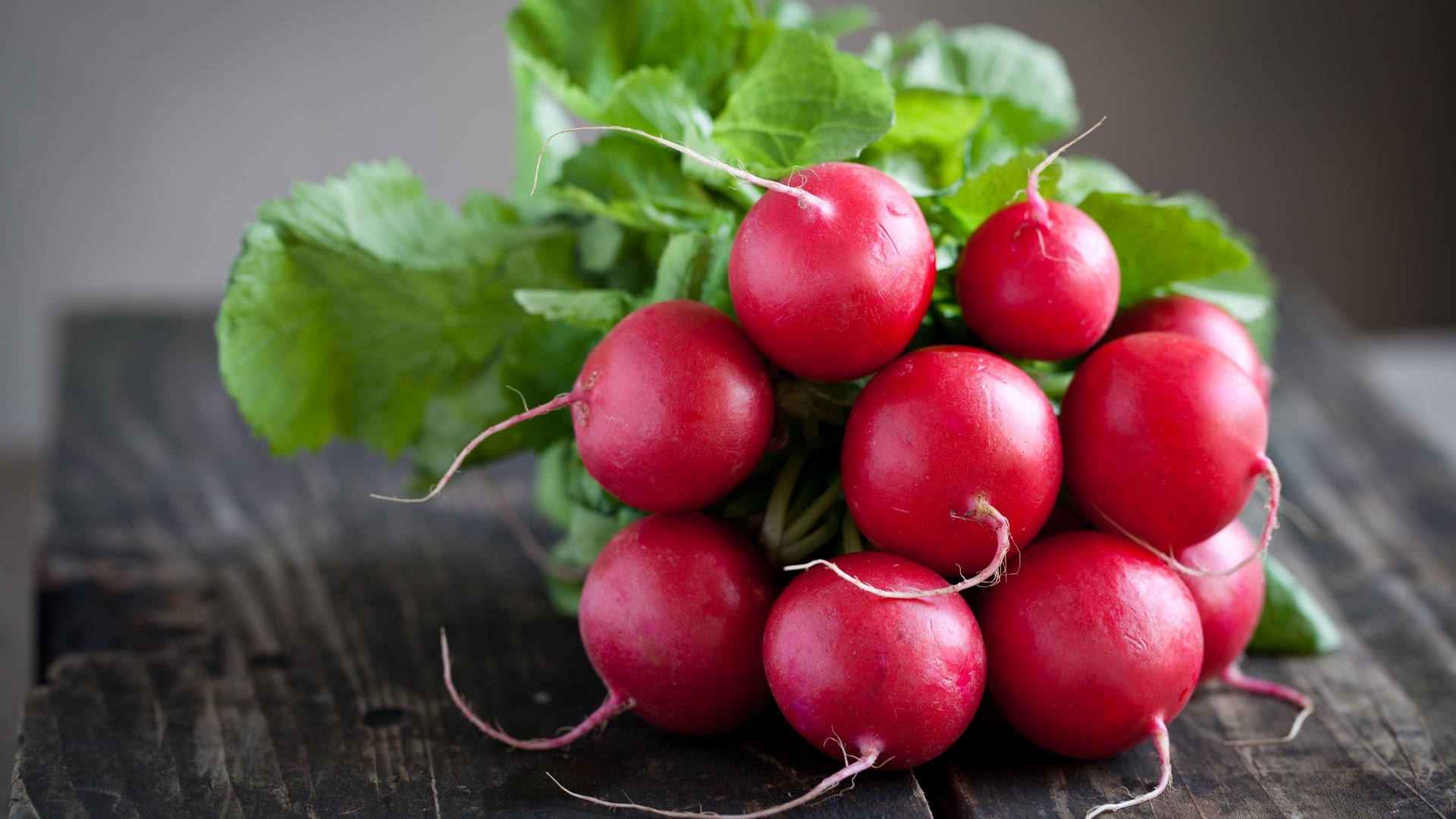
ARCHAEOLOGY OF FRUITS & VEGETABLES Red Radish Chef's Mandala
Turnips vs. Radishes: How to Use Turnips and Radishes. Written by MasterClass. Last updated: Jan 6, 2022 • 4 min read. Turnips and radishes are both root vegetables with distinct looks, flavors, and culinary uses. Learn about the differences between turnips and radishes. Turnips and radishes are both root vegetables with distinct looks.

Репа польза и вред для здоровья
Appearance. Turnips and radishes vary notably in appearance. Turnips are typically larger. They boast round or oval shapes and various colors, including white, purple, and yellow. Radishes, on the other hand, are smaller. Similar to turnips, they also vary in shape, ranging from round to elongated.
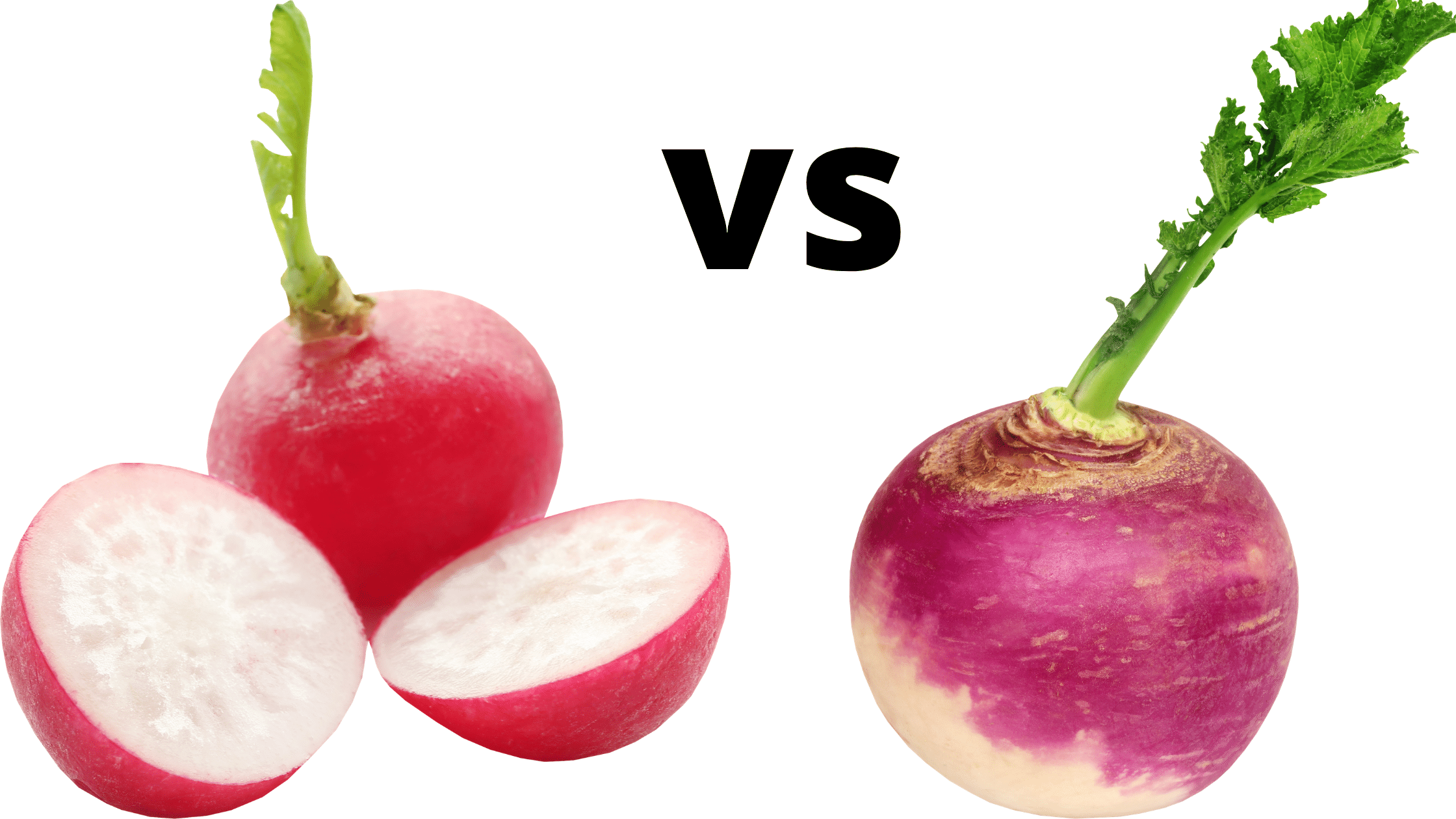
Radish vs Turnip
Turnips and radishes smell just like the taste; turnips smell a bit earthy, sweet, and spicy all at once, while radishes smell spicy, zesty, and a bit nutty. Radishes, however, have a more pungent scent than turnips. Leaves. Both radish and turnip leaves are edible and comparable to mustard greens.
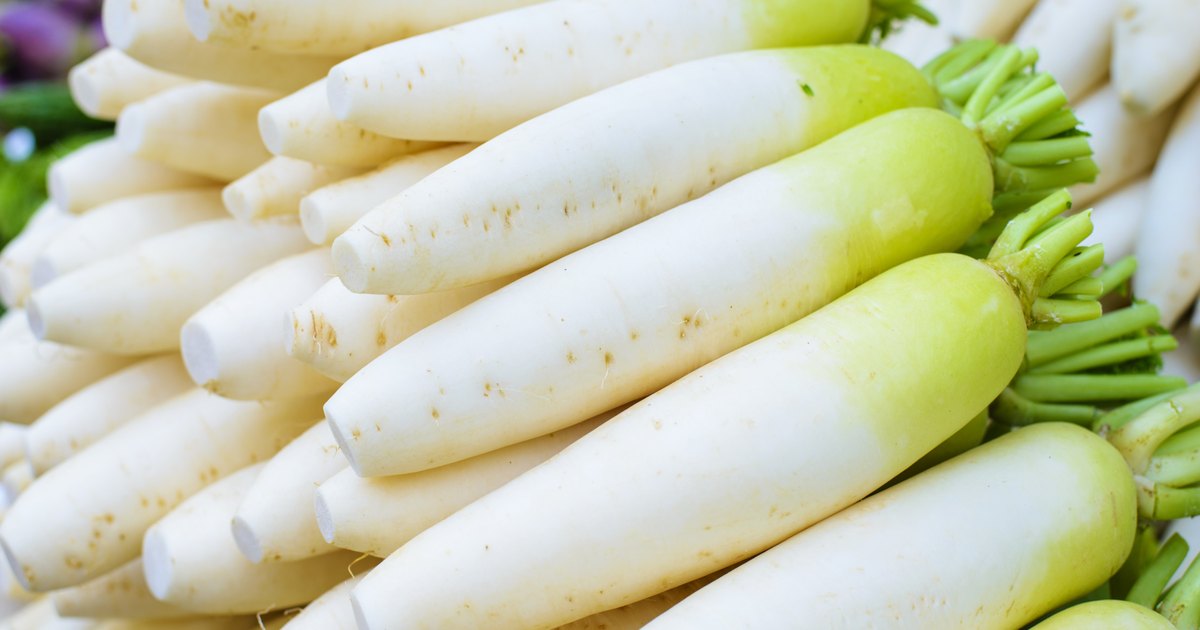
Chinese Turnip vs. Daikon
In short, it is one of the healthiest root vegetables to consume. In comparison to turnips, radishes are more packed with potassium. You can have 233 mg of potassium by eating a hundred-gram serving of radish. The low-fat, low carb, high micronutrient profile of radish shines a bit more.

Spring Forward with Radishes + Turnips
Turnips and radishes have different shapes and sizes. Turnips are bigger and more round, with a white purple shade of skin and yellow or white flesh. Turnips can grow to an average size of about 2-3 inches and weigh about 120-180 grams. Yet, radishes are smaller, with a lively red or pink color skin and white, crunchy flesh.

ᐅ TURNIP VS RADISH • What is The Difference? Easy vegetables to grow
The answer is yes, the radish and turnip are from the same scientific family, the Brassicaceae family, or more familiarly known as the mustard family. These plants' leaves are often referred to as having a "peppery taste," which accounts for the bitter and spicy taste a turnip can attain and the radish's typical peppery taste.
Turnip Vs Radish
Turnip root takes on a sweeter, more mellow flavor when cooked, and the texture becomes tender and silky. Larger varieties of turnips are usually better cooked than raw. Radishes, on the other hand, lose some of their spiciness when cooked and become slightly sweet. They also soften and become less crisp.

Radish and Turnip Sauté This dish uses the radish and turnip greens
They grow slower than radishes, taking anywhere from 60-90 days to mature. The ideal temperature for growing turnips is between 40-75°F (7-24°C). Turnips will grow largest in fertile, loose free-draining soil, and like radishes, prefer full sun. Turnips are slightly more susceptible to pests.